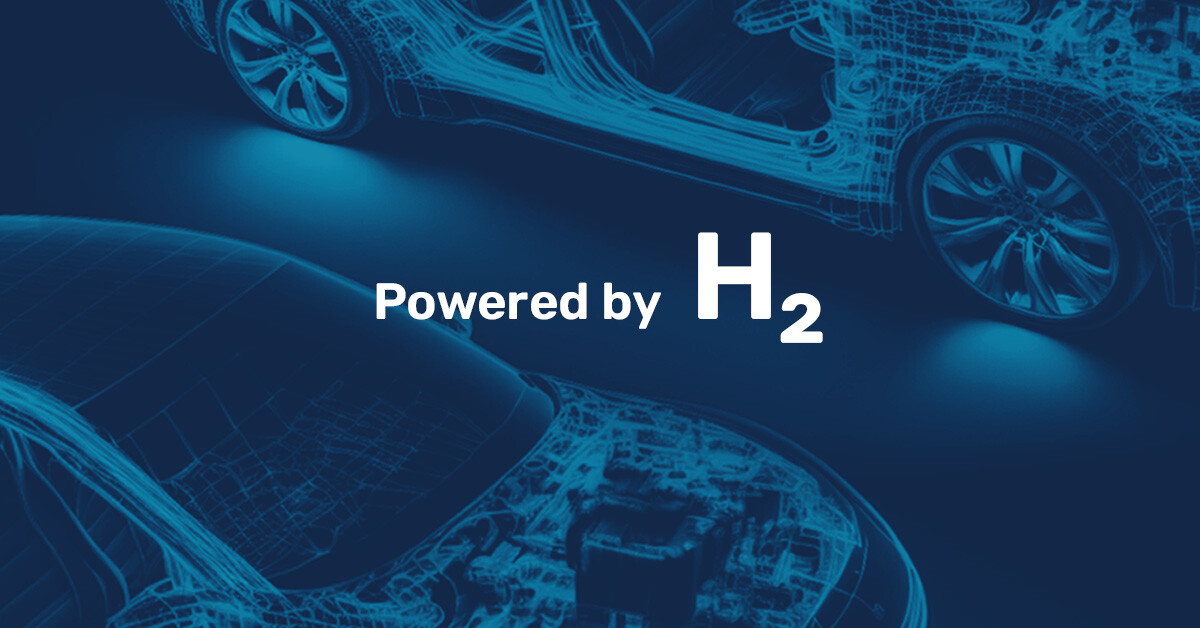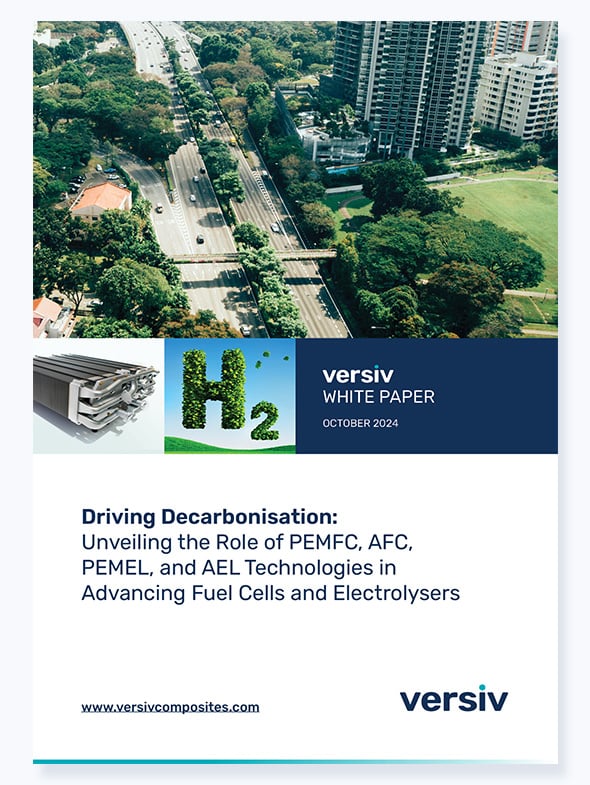

As the global hydrogen sector continues to evolve, Proton Exchange Membrane Fuel Cells (PEMFC) have emerged as a promising solution for the mobility industry. Their compact size, high power density, and quick reaction times allow them to meet the demands of modern transportation.
Composite materials can enhance PEMFC performance and durability. Versiv materials reduce size, enhance power density, and improve safety, aligning with the needs of the mobility sector.
Advantages of PEMFC in the Mobility Sector
Compact Size and Design Flexibility
PEMFCs have a small stack size, enabling their integration into mobility applications with limited space. Whether it's a forklift or a passenger vehicle, the small stack size of PEMFCs allows for seamless integration without necessitating extensive vehicle redesign. Composite materials can be produced to reduce the size and weight of PEMFC components, making them suitable for various mobility uses.
High Power Density
PEMFCs provide a power output range of 6 to 100 kW. This range meets the energy needs of light trucks, small SUVs, and forklifts. Composite materials can be engineered to enhance the power density of PEMFCs.
Market and Technical Readability
PEMFCs are technically ready and available on the market, with hundreds of thousands of units used in forklifts, for example. This reliability is important for mobility applications. Versiv Composites provides materials that meet the mobility sector's quality standards.
Manageable Temperature Range
PEMFCs operate between 50-180°C, a suitable range for vehicle applications. Unlike other fuel cell technologies that require higher temperatures, PEMFCs can be integrated into vehicles without significant thermal management challenges. Our materials contribute to maintaining these optimal temperature ranges, ensuring better performance and longevity.
Quick Reaction Times
PEMFCs boast quick start-up and shutdown capabilities, outperforming alkaline electrolysers which can take days to transition between these states. This agility allows for more efficient battery recharging in hybrid systems, where the fuel cell recharges the battery while the vehicle is in operation. Versiv Composites' materials enhance the responsiveness of these systems.
Challenges and Considerations
Cost and Scalability for City-Wide Power
While PEMFCs are ideal for mobility, scaling them for city-wide power generation presents challenges, primarily due to cost. Decentralized systems, where individual units serve smaller needs like hospitals or factories, may be a more viable approach. Research is ongoing to develop cost-effective materials that could help overcome these scalability issues.
Hydrogen Safety and Public Perception
PEMFCs use hydrogen, a highly explosive gas, requiring robust safety measures. While statistics show that accidents are rare, public perception and education about hydrogen safety remain critical. Materials can be developed that enhance the safety of PEMFC systems, thereby boosting public confidence in this technology.
Environmental Impact Comparison
PEMFCs produce water as a byproduct, offering an environmental advantage over Internal Combustion Engine (ICE) vehicles. However, the lifecycle environmental impact, including the energy required to produce fuel cells and hydrogen, must be considered. R&D efforts include the development of materials to minimise the environmental footprint throughout the PEMFC lifecycle.





